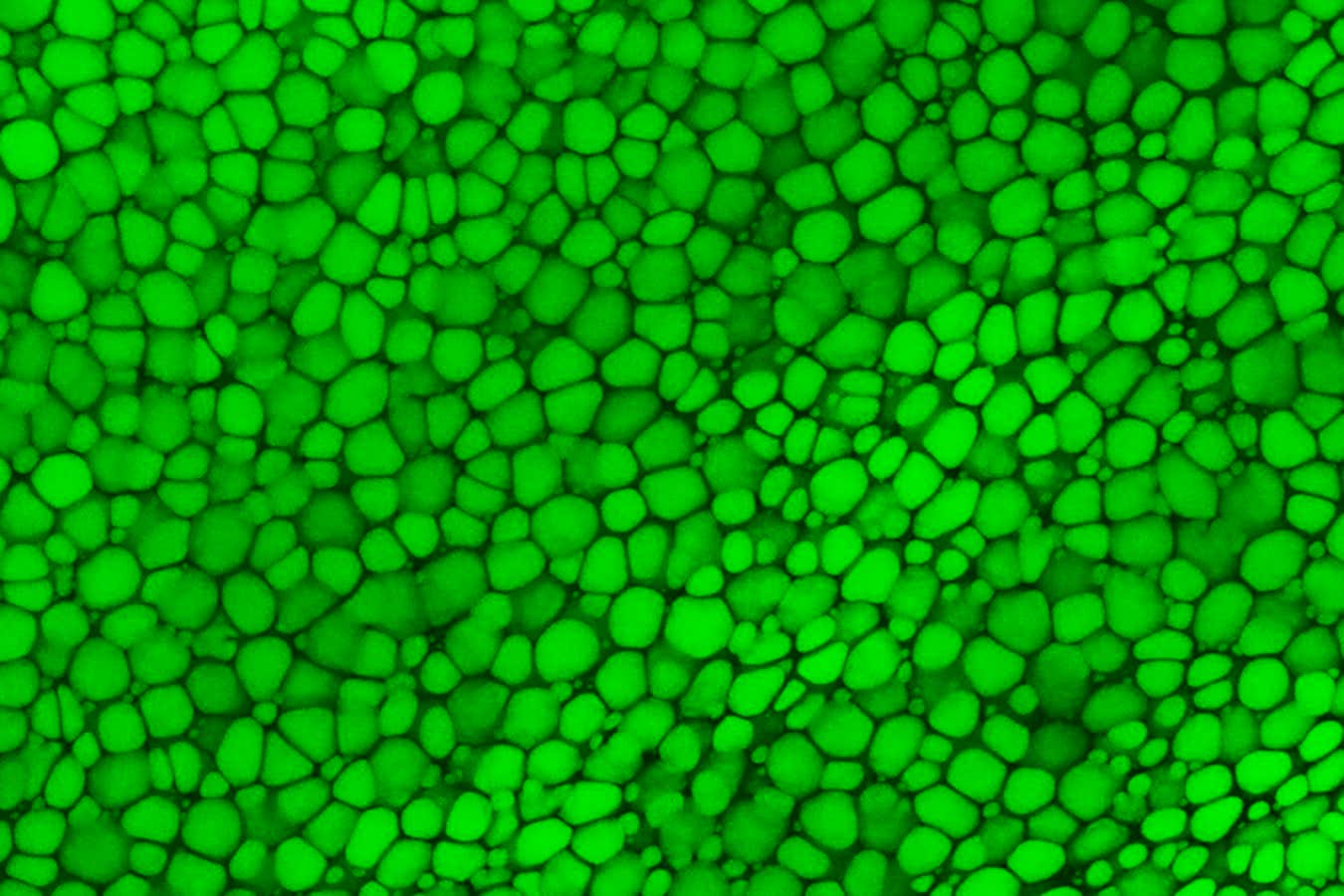It turns out that the cartilage inside your ears and nose is different from that found elsewhere in the body, with a fatty structure that makes it look like bubble wrap, and this long-overlooked tissue could prove useful in certain surgeries
By Carissa Wong
9 January 2025
These bubble-wrap cartilage cells have been dyed green to make them easily visible
Plikus lab/University of California/Irvine
A long-overlooked skeletal tissue found in the nose and ears turns out to resemble bubble wrap – and harnessing it could make facial surgery, like nose reshaping, easier.
Maksim Plikus at the University of California, Irvine, and his colleagues first spotted the unusual tissue a few years ago while they were studying fat cells collected from mouse ears. “It was just a scientific accident,” he says.
Read more
A new understanding of tinnitus and deafness could help reverse both
Advertisement
The nose and ears of both mice and humans contain a firm but flexible tissue called cartilage, which is also found in our joints. Conventional wisdom says that cartilage is structured similarly, no matter where it is in the body. The cells in it don’t contain much fat and are surrounded by a thick, protein-rich matrix that provides strength.
But when the researchers examined mouse nose and ear samples under a microscope, they found a structure consisting of cells packed full of fats, also known as lipids, connected only by a thin mesh of protein – prompting the team to name it lipocartilage. “It looks like bubble wrap,” says Plikus.
This unusual cartilage had been noticed before, the team found, but only in a brief account of its discovery from the 1850s and a few short reports since then. To investigate further, the researchers stretched and squeezed samples of lipocartilage from the mouse ears, and did the same for standard cartilage from the knees and ribs of mice.
